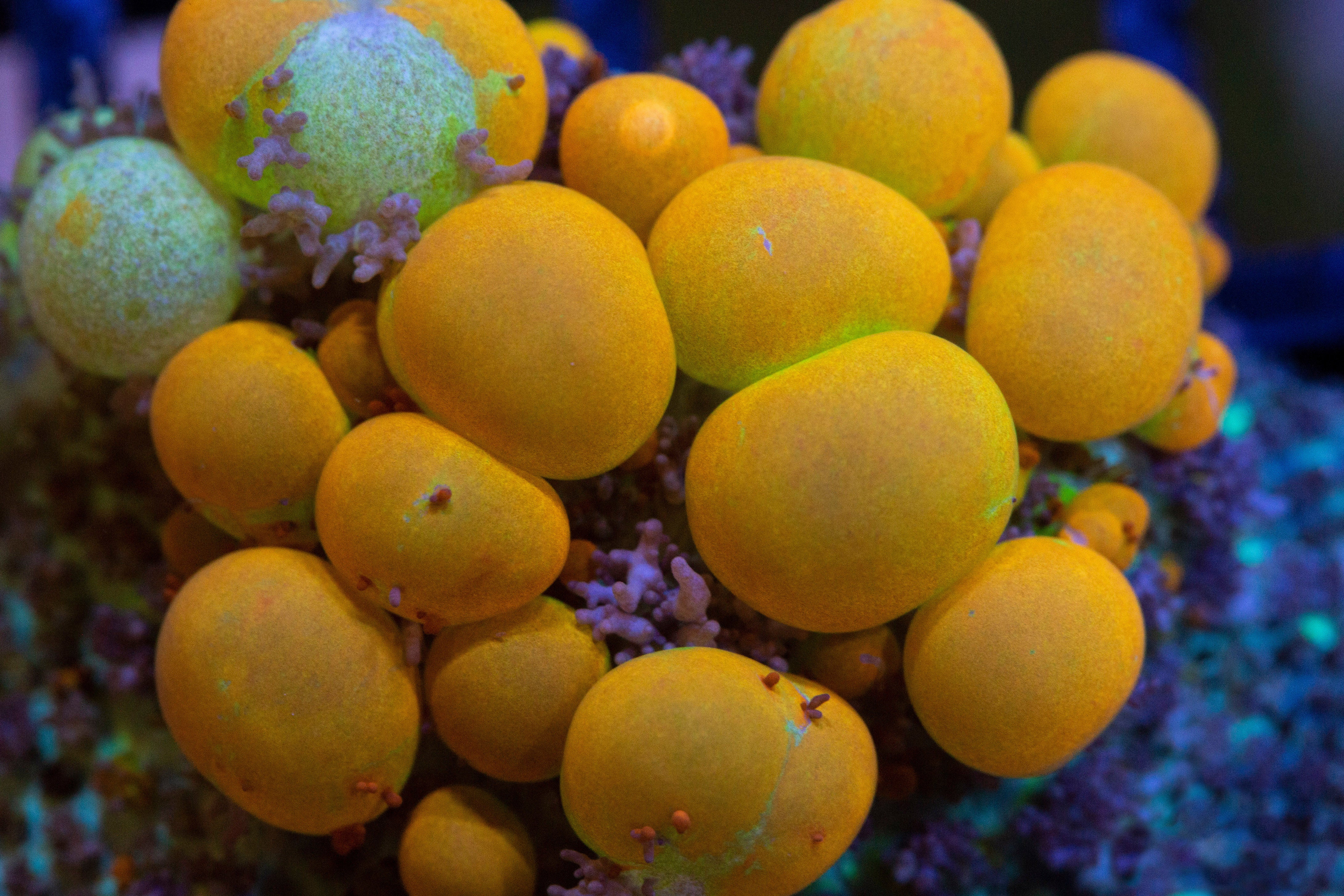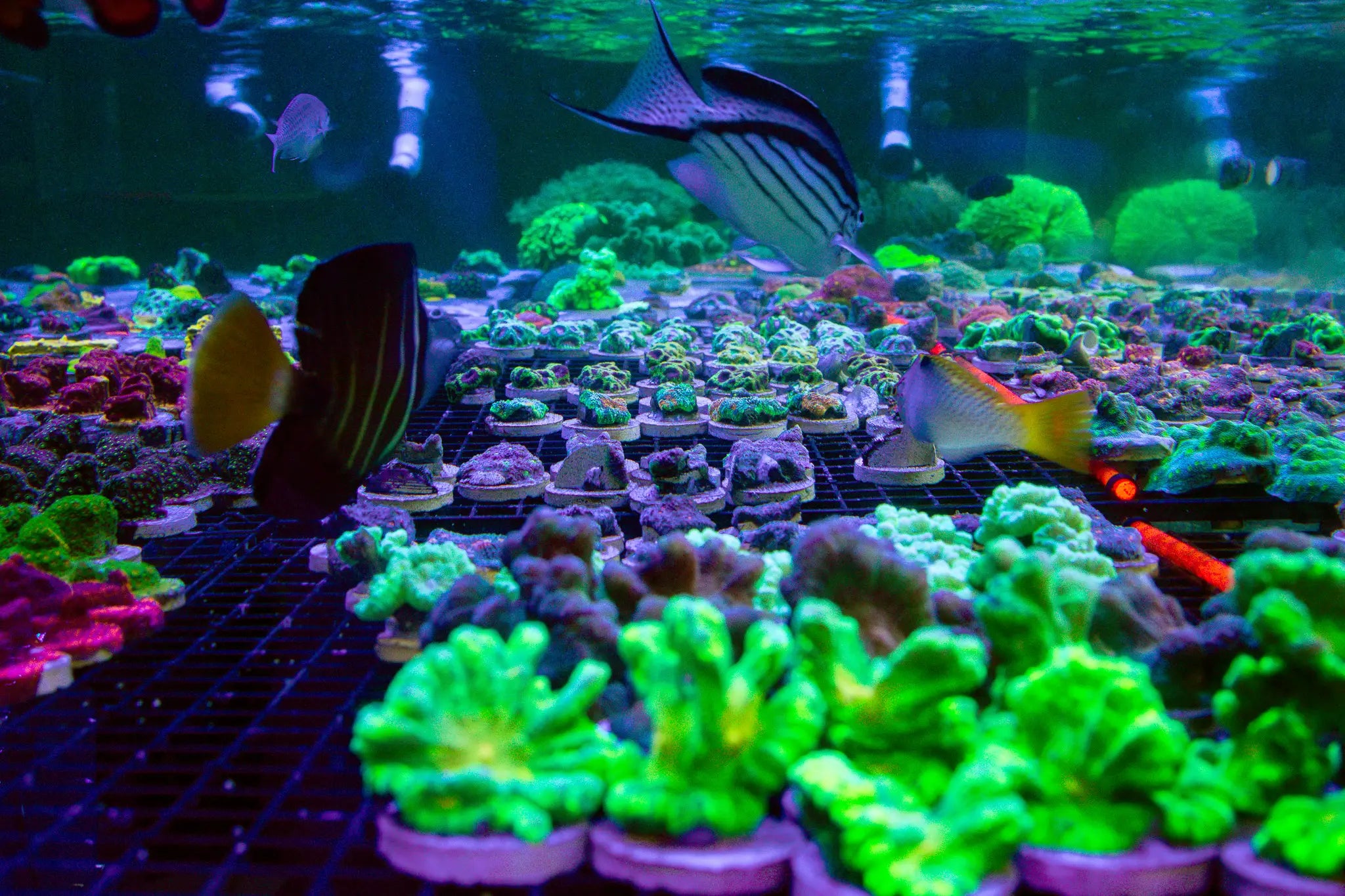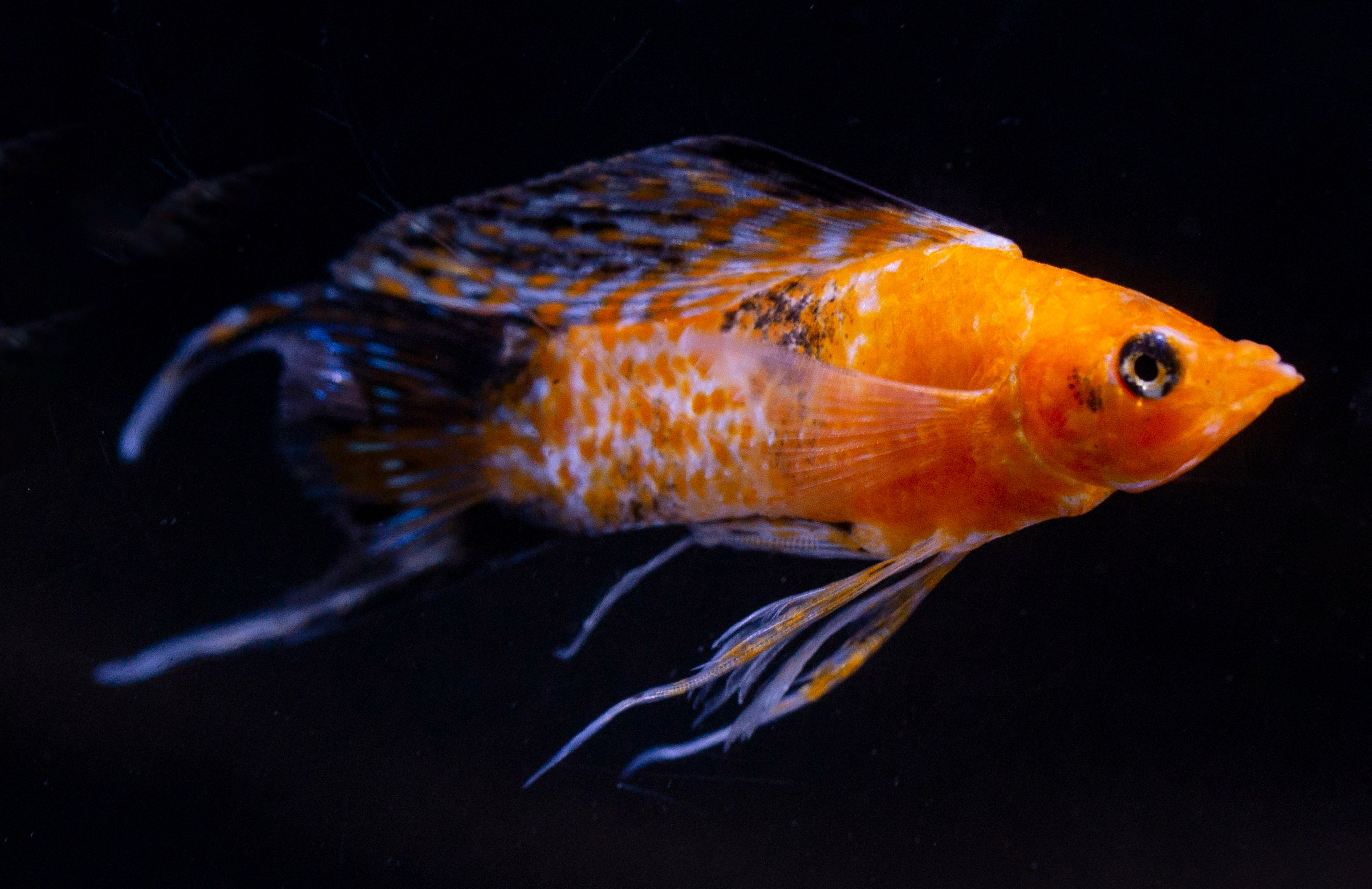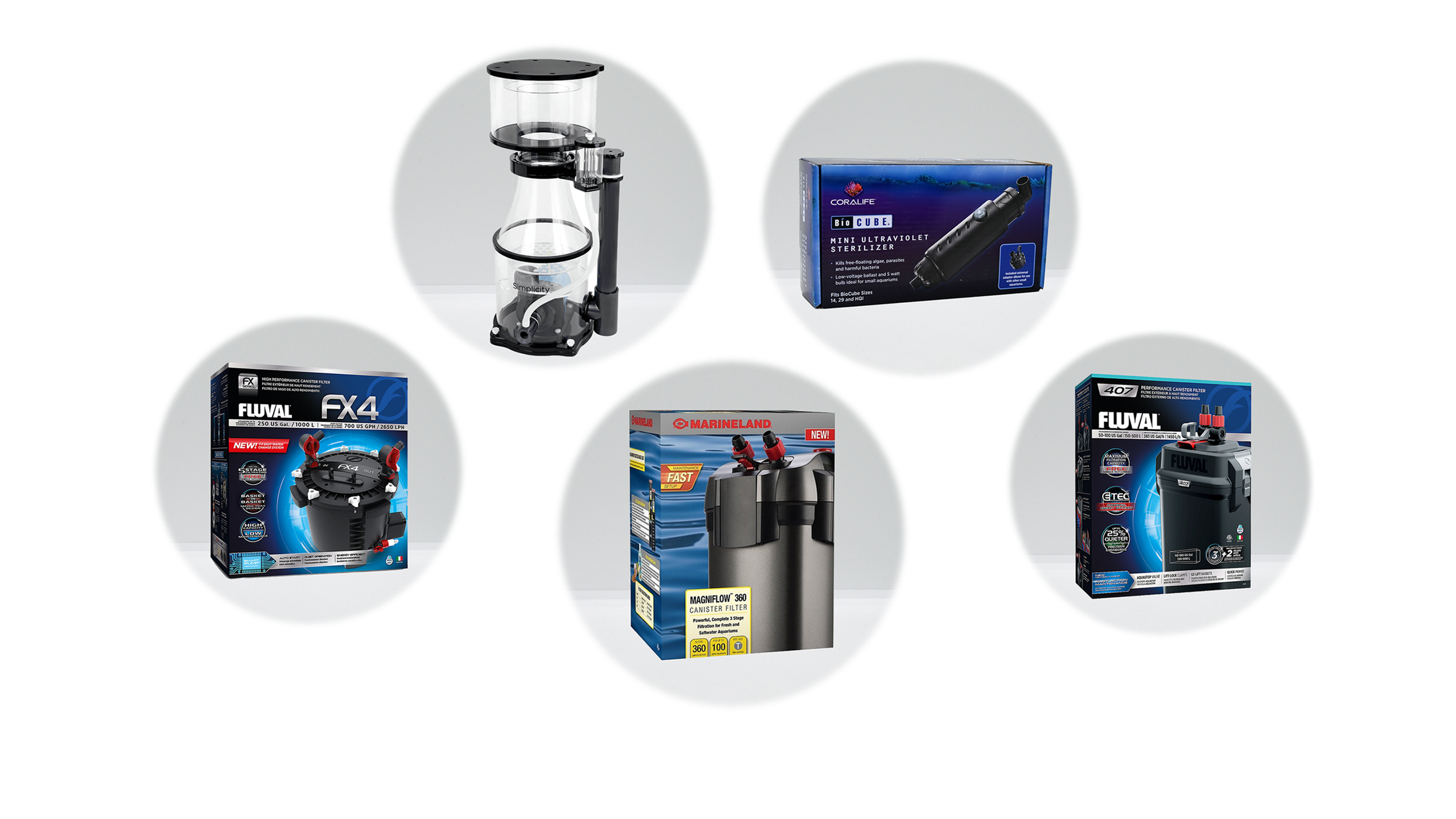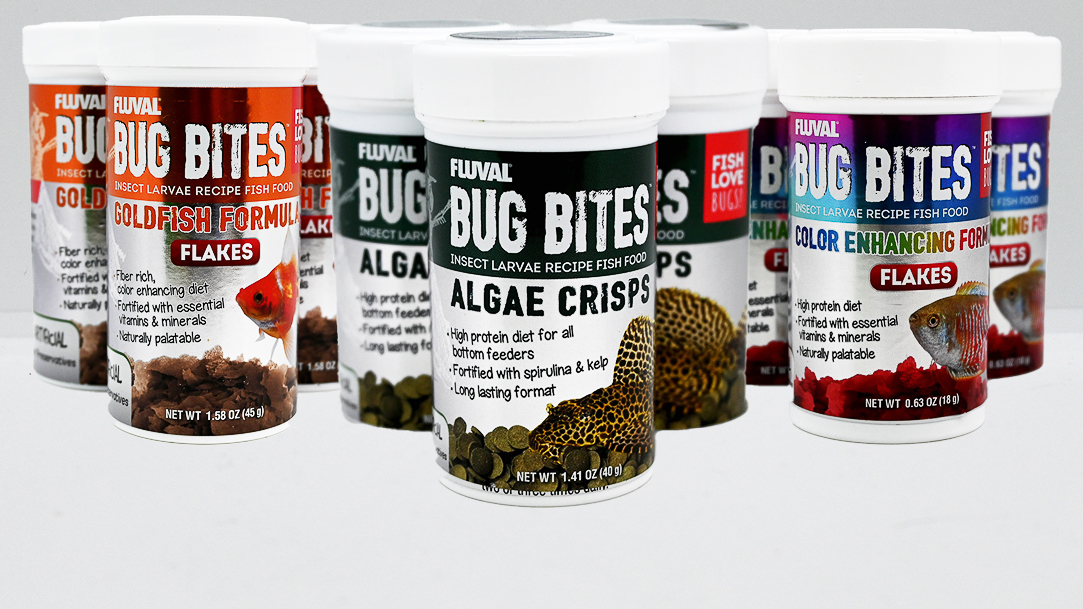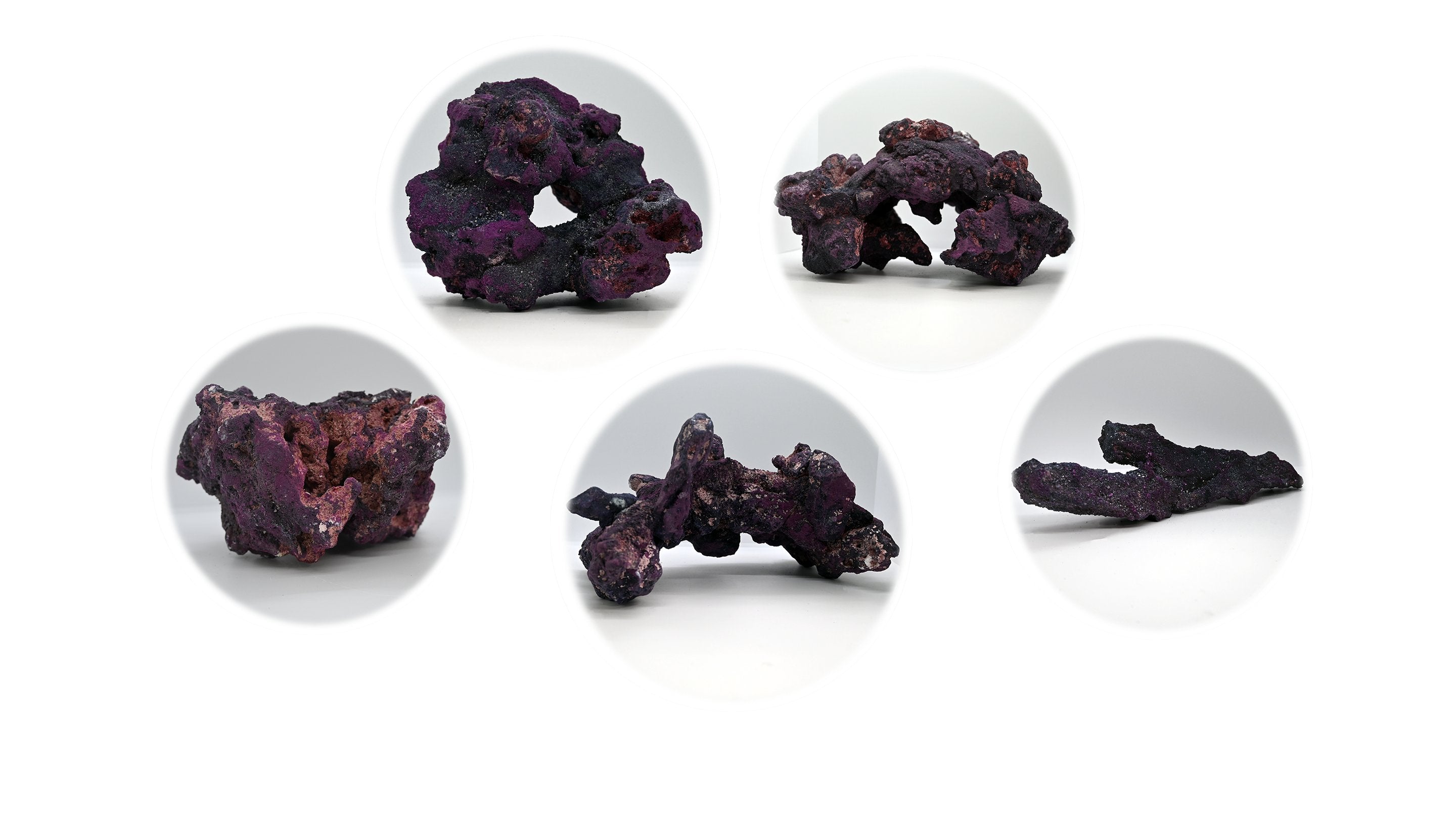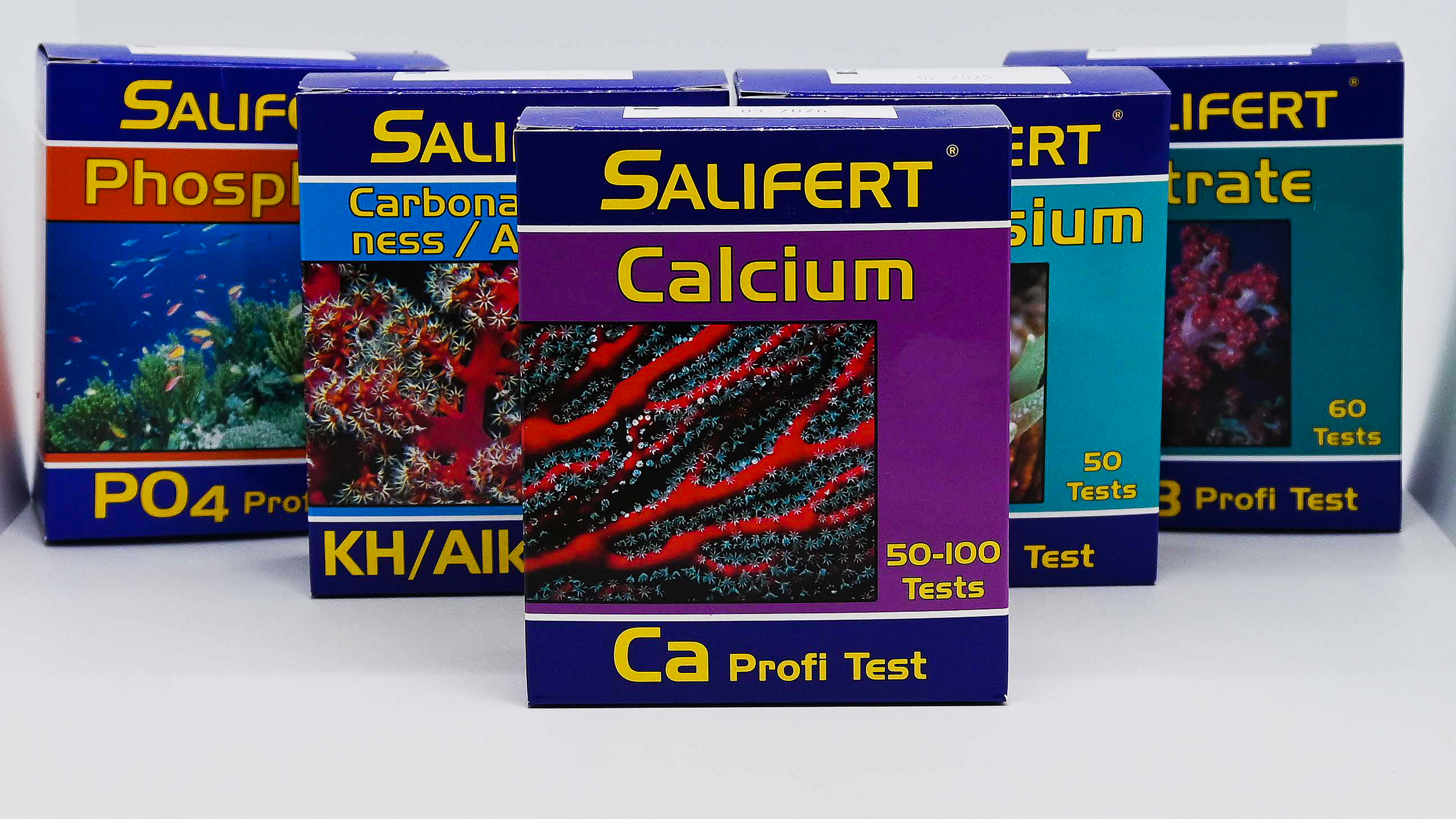
Banded Eel - Myrichthys colubrinus
- In stock, ready to ship
- Backordered, shipping soon
Banded Eel (Myrichthys colubrinus)
The Banded Eel (Myrichthys colubrinus), also known as the Snake Eel or Harlequin Eel, is a fascinating marine species known for its snake-like appearance and black-and-white banded pattern. This eel is a striking addition to marine aquariums and is commonly found in sandy or reef environments, where it burrows into the substrate for protection.
Description:
• Common Name: Banded Eel, Snake Eel, Harlequin Eel
• Scientific Name: Myrichthys colubrinus
• Family: Ophichthidae
• Size: Up to 3 feet (90 cm) in length
• Color: Black and white bands along its entire body, giving it a resemblance to a sea snake.
Native Region:
The Banded Eel is found throughout the Indo-Pacific region, particularly in shallow lagoons, sandy flats, and coral reefs. It often buries itself in sandy substrates, with just its head exposed to ambush prey.
Aquarium Setup:
• Tank Size: Minimum of 100 gallons (380 liters) due to its size and burrowing behavior.
• Water Parameters:
• Temperature: 72-80°F (22-27°C)
• pH: 8.1-8.4
• Salinity: 1.023-1.025 specific gravity
• Substrate: A deep, sandy substrate is crucial, as this species loves to burrow. Sand or fine gravel is ideal to avoid injury.
• Diet: Carnivorous; feeds on small fish and invertebrates in the wild. In captivity, it can be fed meaty foods such as shrimp, fish, and squid. It may need to be trained to accept food in captivity.
Care Level:
• Difficulty: Moderate to difficult
• Temperament: Semi-aggressive; it may prey on smaller tank mates like fish or invertebrates. It’s important to house it with appropriately sized tank mates.
• Lifespan: 10+ years with proper care.
Behavior:
The Banded Eel is nocturnal, spending most of its time buried in the sand during the day. It uses its excellent sense of smell to locate prey at night. While it is not particularly aggressive, its predatory nature means it will eat smaller tank mates if given the chance. It’s a relatively shy species and requires plenty of hiding spots.
Additional Tips:
• Tank Mates: It is best housed with larger, robust fish species that are too big for it to consider prey. Avoid keeping it with small fish, crustaceans, or invertebrates, as they may become a meal.
• Substrate: A deep, soft sandy substrate of at least 4 inches (10 cm) is essential to accommodate its burrowing behavior.
• Hiding Spots: Provide caves, crevices, and burrow-friendly areas to help reduce stress and encourage natural behavior.





